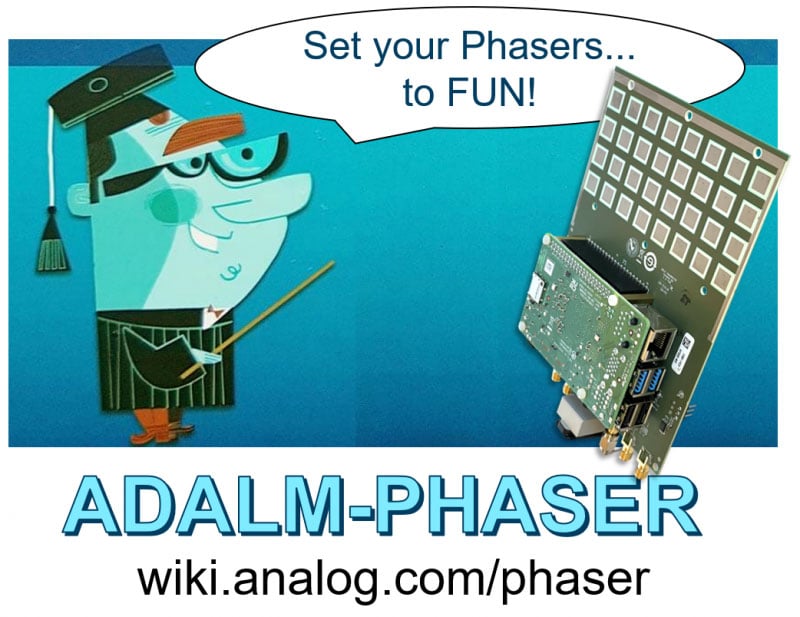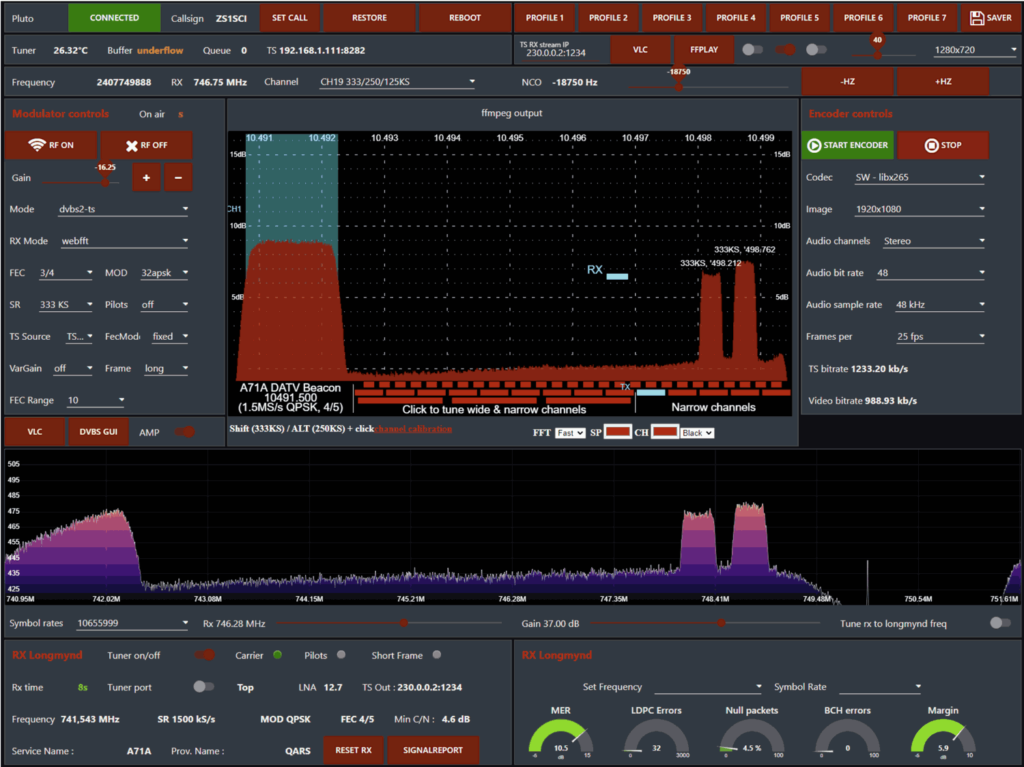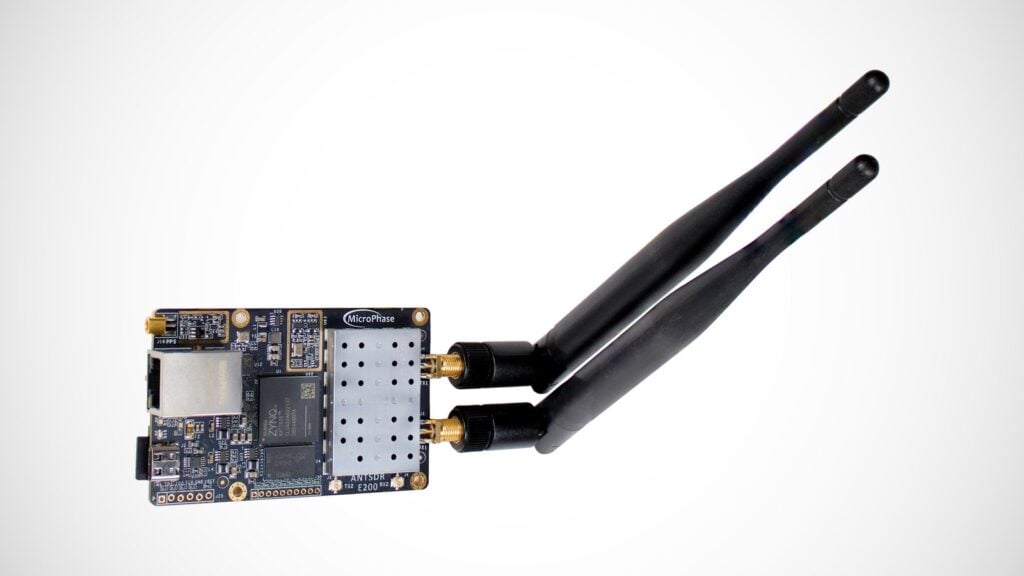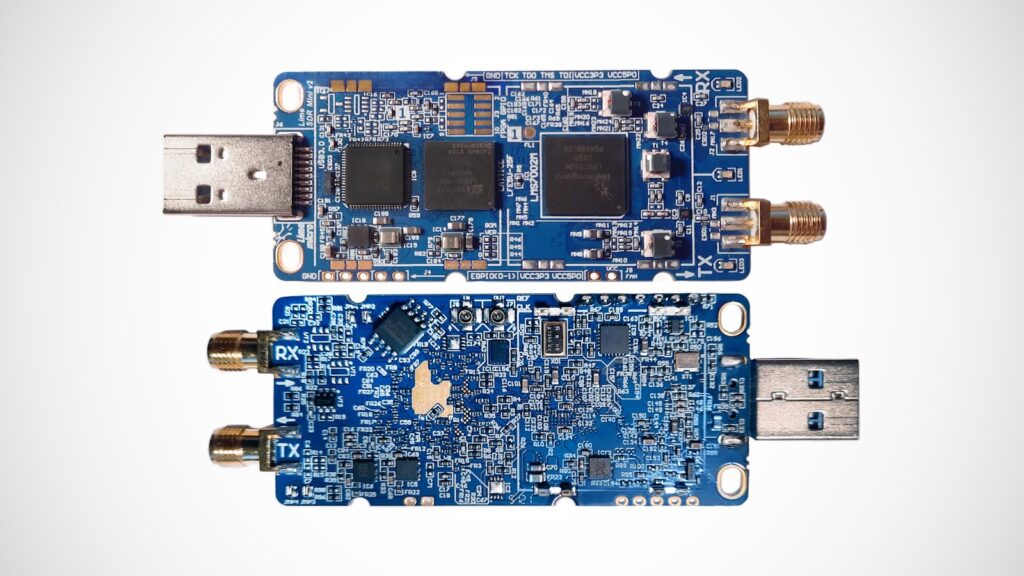Building a Drone Tracking Radar with the ADALM-PHASER and PlutoSDR
The ADALM-PHASER is a kit designed to provide experience with phased array beamforming and radar concepts. The kit consists of a PlutoSDR, mixers, LO synthesizer, ADAR1000 beamformer chip, LNAs and array of patch antennas. It operates between 10-11 GHz, has 500 MHz BW FMCW chirps, and has 8 receive channels and 2 transmit channels. It is an open source kit that costs US$2800, and it is produced and available from Analog Devices. Currently the kit appears to not be in stock, but they note that they are working on getting more stock in soon.

Over on YouTube, Jon Kraft who appears to be affiliated with Analog Devices, is working on a series of videos that will ultimately result in a drone tracking radar being built with the ADALM-PHASER. Currently two videos have been released.
The first is an overview of radar concepts, giving an explanation of pulsed vs CW radar, and the various hardware options we have to implement low cost versions of these methods.
The second video covers more radar concepts like range resolution and shows us how to build a CW radar with the ADALM-PHASER system.
The three remaining videos are yet to be released, so keep an eye on his channel for updates.


